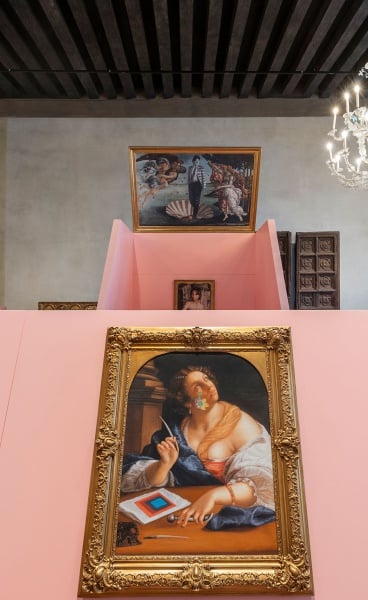Artist
Mario Merz
About
A major figure in the Arte Povera movement, the Italian artist Mario Merz’s work combines a fascination with the material and metaphorical qualities of natural objects with ideas regarding infinity and repetition.
A major figure in the Arte Povera movement, the Italian artist Mario Merz’s work combines a fascination with the material and metaphorical qualities of natural objects with ideas regarding infinity and repetition. Much of his work was based around the Fibonacci sequence, a formula often used to express mathematical sequences in nature.
Merz first studied medicine and as a young man living in Turin at the end of the Second World War he became strongly politically motivated, joining an anti-fascist organisation. After travelling to Rome and Paris he turned to art, making abstract paintings from 1960. It wasn’t until the mid-1960s that he shifted his artistic interests to more complex objects, making works that involved neon lights and everyday objects. He was particularly attracted to exploring metaphors that reflected the relationship between nature and art, and his radical practice brought him into proximity with other artists working with in a similar manner. By the late 1960s Merz was one of the most important proponents of Arte Povera. During the course of his long career, Merz drew on a vocabulary of symbols to express his ideas, such as the igloo and spirals.
The two works in ARTIST ROOMS are rare early pieces and express Merz’s experimental use of materials at the start of his career. Both Che Fare? and the large sculptural installation Lingotto have an important relationship to the practice of Joseph Beuys in their use of wax as a major component to the work, and reflect Merz’s position in the wider European context during the 1960s. (source)




